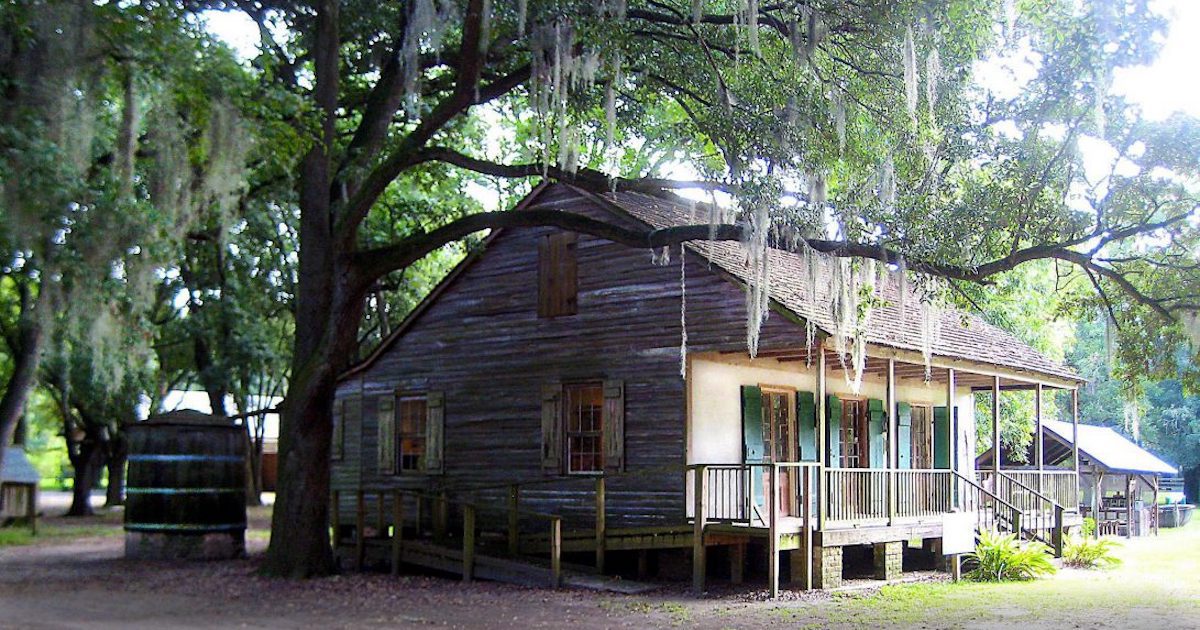[ad_1]
Two hundred and five years ago, on the night of January 8, 1811, more than 500 enslaved people took up arms in one of the largest slave rebellions in U.S. history. They carried cane knives (used to harvest sugar cane), hoes, clubs and some guns as they marched toward New Orleans chanting “Freedom or Death,” writes Leon A. Waters for the Zinn Education Project.
The uprising began on the grounds of a plantation owned by Manuel Andry on the east side of the Mississippi, in a region called the German Coast of Louisiana. There, a slave driver named Charles Deslondes of Haitian decscent, led a small band of slaves into the mansion of the plantation owners, where they wounded Andry and killed his son Gilbert. The group then armed themselves with muskets and ammunition from the plantation’s basement. Some donned Andry’s militia uniforms.
“Charles knew that the uniforms would lend the revolt authority, wedding their struggle with the imagery of the Haitian Revolution, whose leaders had famously adopted European military garb,” reports historian Daniel Rasmussen in his book American Uprising: The Untold Story of America’s Largest Slave Revolt, excerpted by NPR. Charles was inspired by the Haitian Revolution, which had succeeded less than a decade before and brought encouragement to those revolting in Louisiana that night.
[ad_2]
Source link

